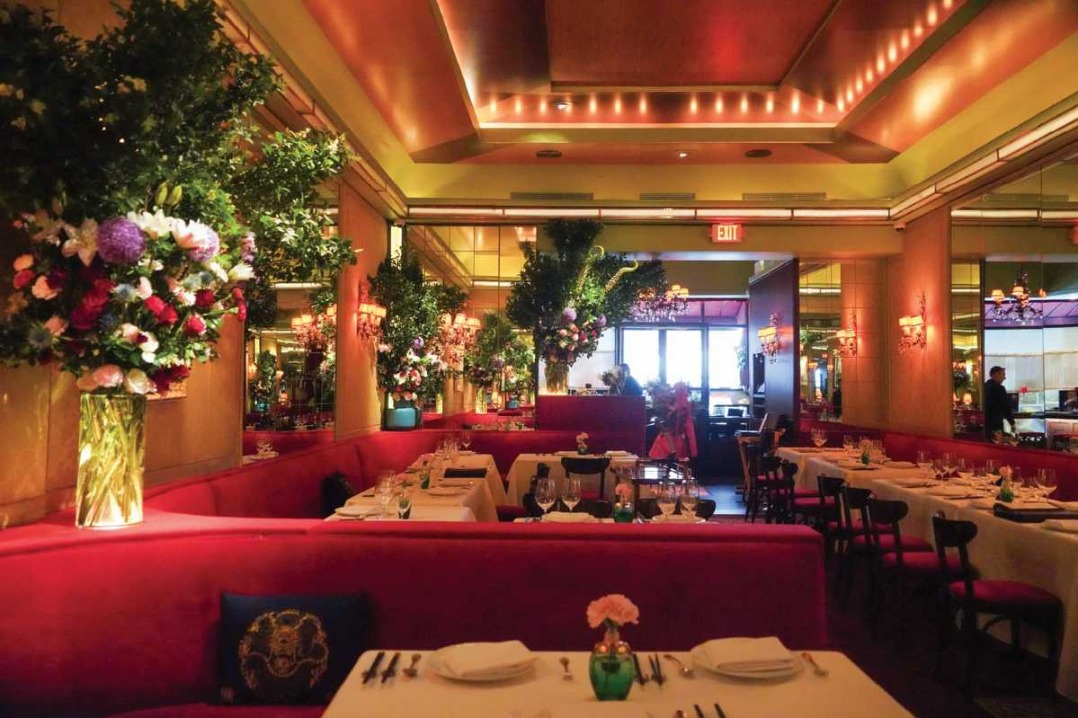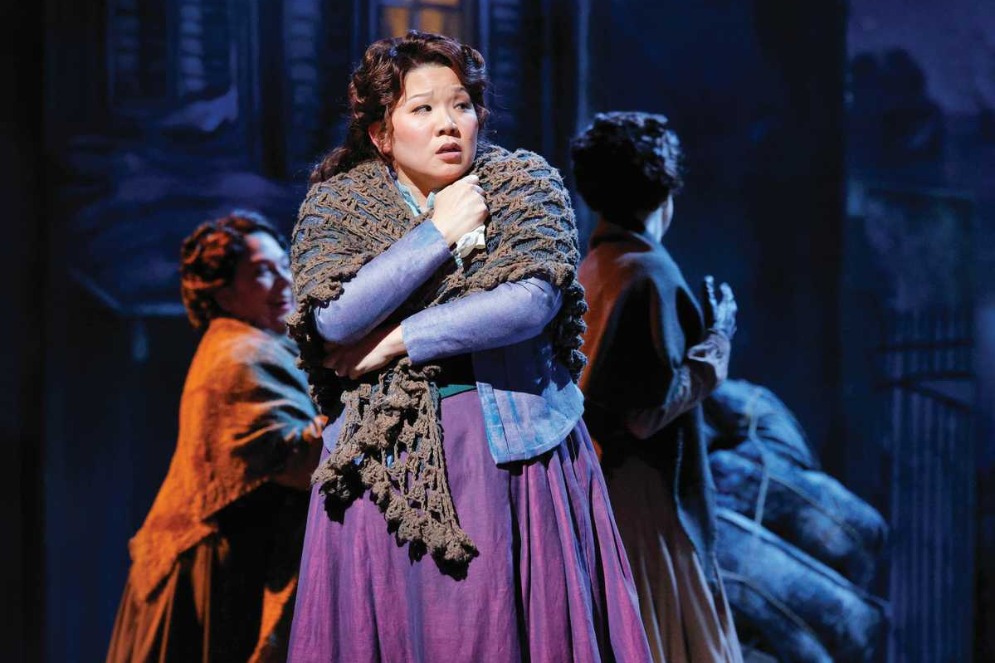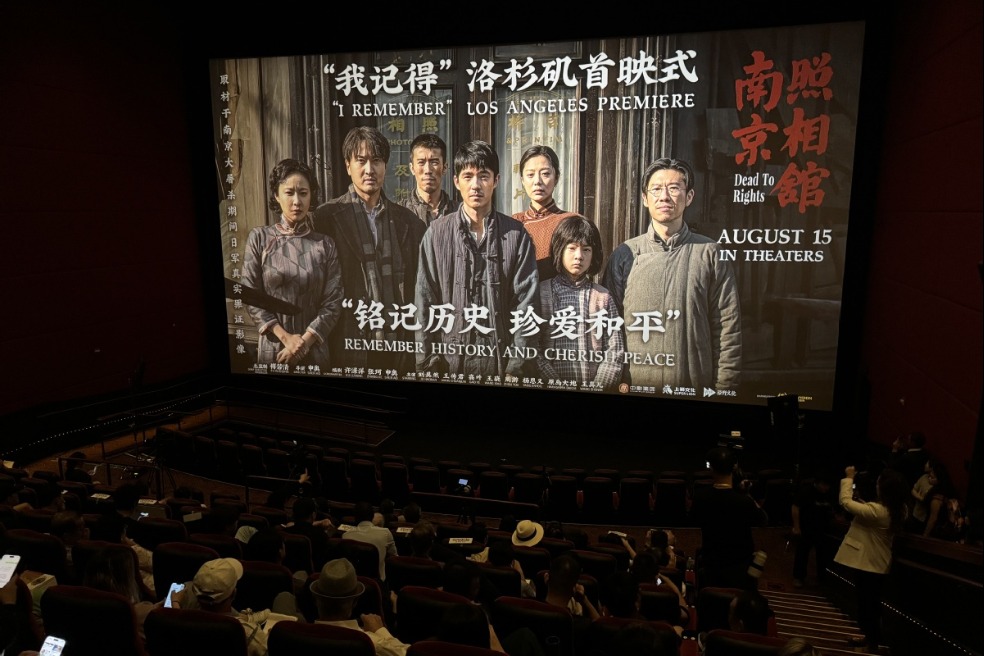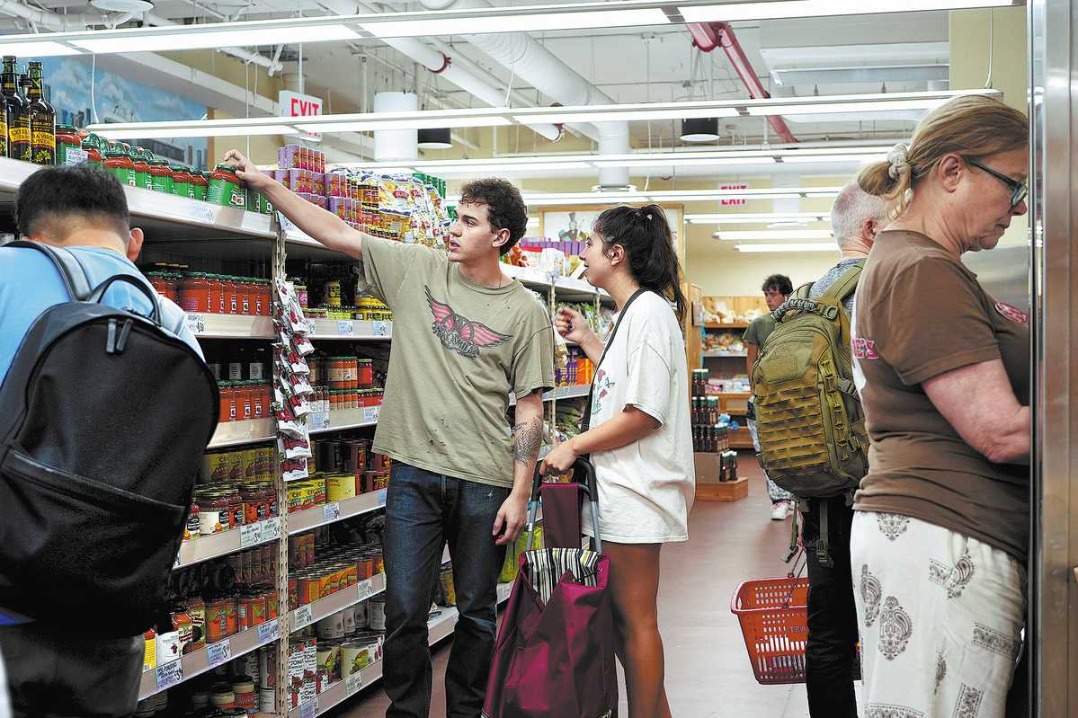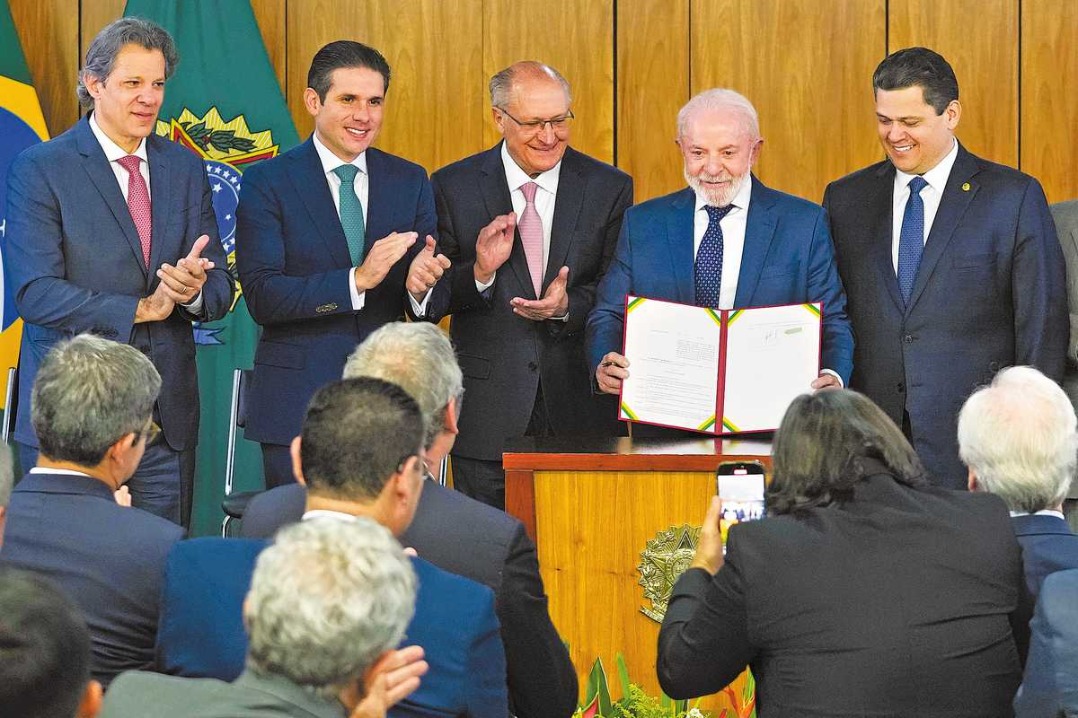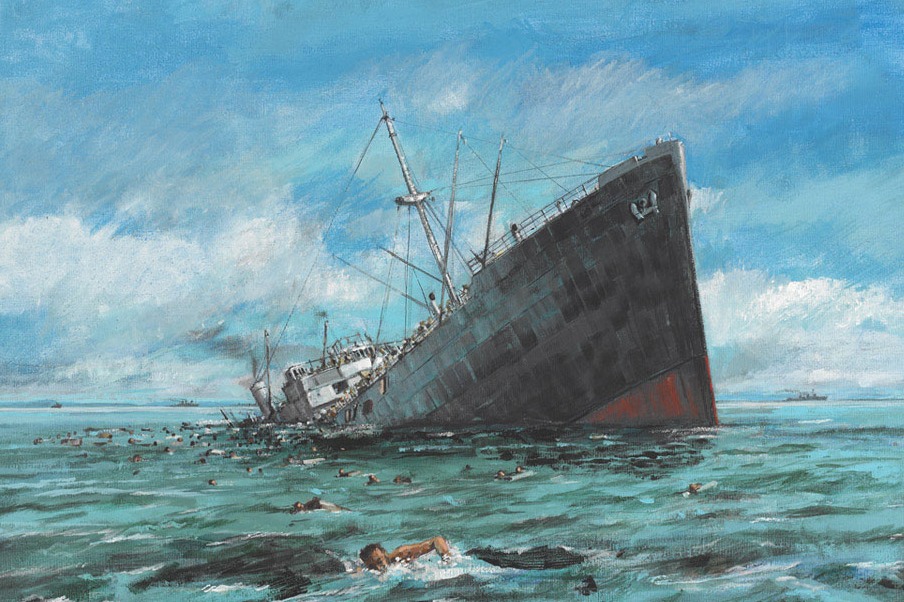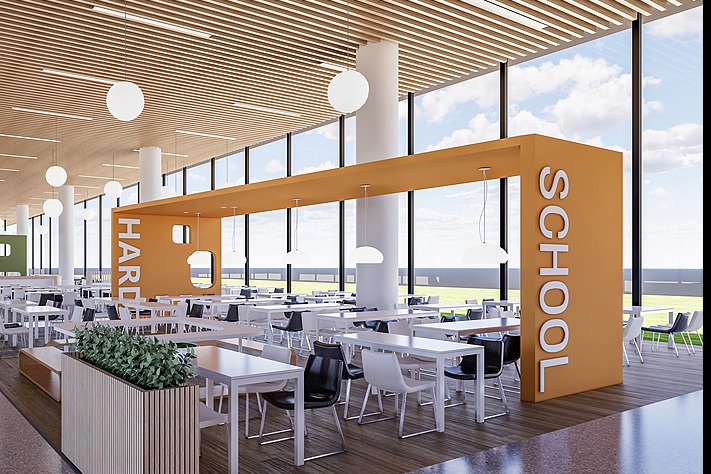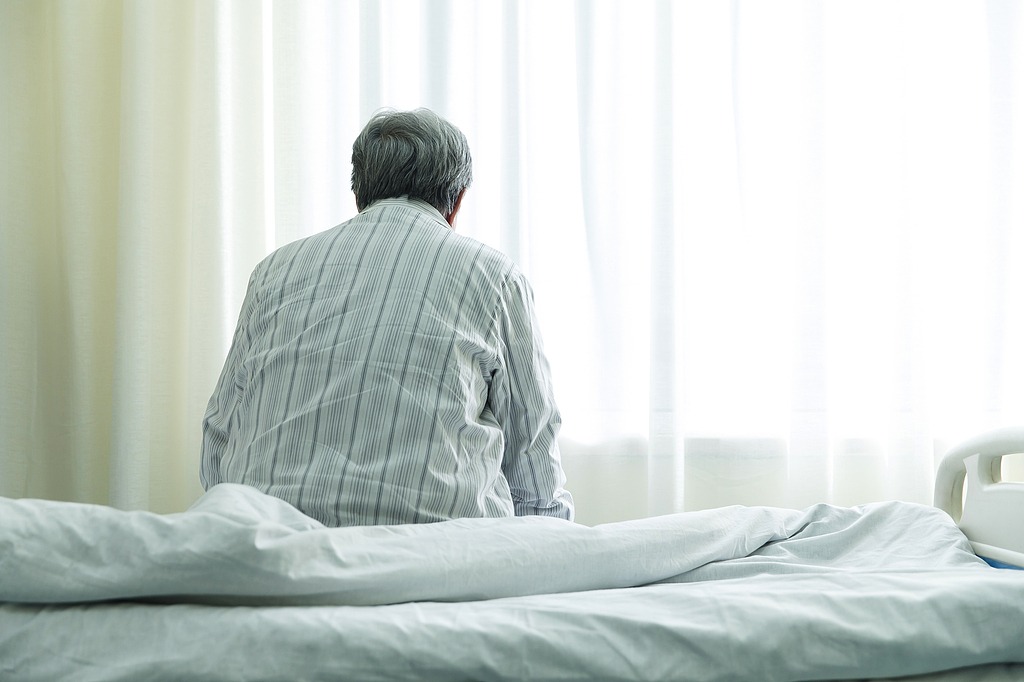Subway mass-shooting suspect caught


The suspect sought in the New York City subway mass shooting was arrested Wednesday, as commuters returned to the transit system following the chaos on a Brooklyn train in which 10 people were shot and 29 injured.
Frank R. James, 62, was arrested by patrol officers in Manhattan's East Village, after he himself informed police of his whereabouts. Police got a tip that James was in a McDonald's restaurant in the neighborhood, NYPD Chief of Department Kenneth Corey said.
The tip was provided by James, who told police to come and get him, two law enforcement officials said. They weren't authorized to discuss the ongoing investigation and spoke on condition of anonymity, The Associated Press reported.
James has been charged with having committed a terrorist act on a mass transit system, according to Breon Peace, US attorney for the Eastern District of New York. If convicted, James could face a sentence of up to life in prison, Peace said.
Police identified James as the suspect early Wednesday after initially calling him a person of interest the day before, as investigators determined James purchased the gun recovered at the scene, law enforcement officials said.
James had a significant criminal history, officials said, including nine prior arrests in New York, mostly for misdemeanors, and three arrests in New Jersey.
On Tuesday, witnesses said a man donning a construction suit and gas mask tossed two smoke grenades on the floor and fired 33 shots before fleeing the Manhattan-bound N train at the 36th Street station platform in Sunset Park, Brooklyn.
The authorities said 10 people were hit by the gunfire, five of whom were critically injured. Overall, 29 people were hospitalized in connection with the shooting; the injuries included gunshot wounds, smoke inhalation or falls while trying to escape, officials said. All the victims are expected to survive, and many have already been released from the hospital.
More than 3 million riders have been taking the subways in New York City on recent weekdays, according to estimates released by the Metropolitan Transportation Authority (MTA).
Still, Midtown Manhattan is recording some of the lowest foot traffic in the city, and ridership on the subway system has dropped during the pandemic as white-collar workers opt for entirely remote or hybrid schedules. In the days before the attack, weekday ridership figures were less than 60 percent of pre-pandemic levels, according to the MTA.
New York City Mayor Eric Adams has spent months sending hundreds of police officers to stations to tame crime and force out homeless people. Adams also ordered the police to flood the system with more officers on Wednesday, but the attack seemed to underscore the limits of policing as a preventive strategy.
Officers had patrolled the station several times Tuesday morning but were not there when the gunman struck, the police said.
Transit crimes jumped more than 75 percent in January compared with the same period last year, according to city data. Major crime across the city is up 44 percent.
Adams has spoken openly about the impact the subway system has on the city's overall economic recovery from the pandemic. He said in February that, "if we don't get [it] right, our city won't continue to recover from COVID."
The subway's own infrastructure issues also made the attack investigation more complicated. At least one security camera that could have captured an image of the gunman recorded nothing, the mayor said. A law enforcement official said that none of the cameras were in full operation, The New York Times reported.
No cameras appeared to be fully operational when the shooting occurred that morning, a senior law enforcement official briefed on the investigation said Tuesday.
In September, MTA officials announced that the installation of roughly 10,000 cameras across all 472 subway stations had been completed, and there has never been more than 1 percent of cameras out of service at a time, the Times reported.
"If you are a criminal who preys on those who use our system, you will have your image captured and be put on the express track to justice," the MTA's chief safety and security officer, Patrick Warren, said in September.
Tim Minton, a spokesperson for the MTA, told the Times that the agency's cameras are checked "regularly", but could not offer specifics on how often.
Problems with the MTA cameras date back years. After viewing a pair of inspections from 2018 and 2019, CBS reported that state officials warned the MTA that its subway system's security cameras were at risk of malfunctioning. They found that the MTA failed to ensure preventative maintenance and timely repairs on thousands of the cameras.
















